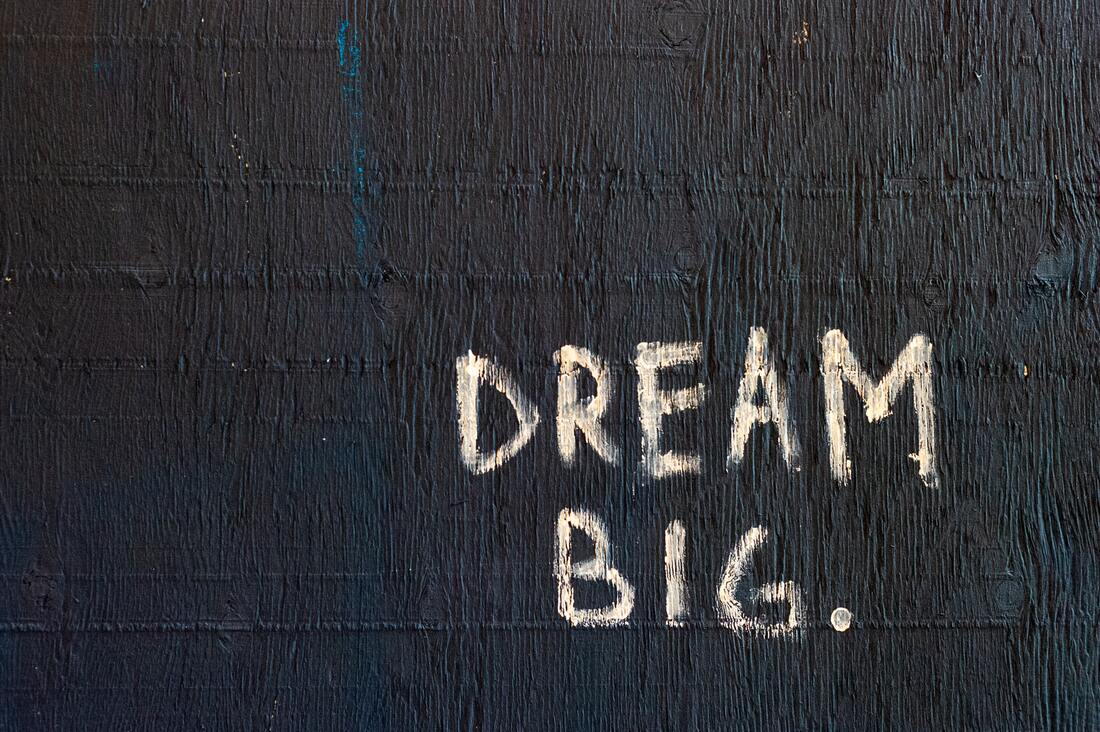what can we learn from the stories we have heard?
In this unit, we've learned about some of the methods of active citizenship. The stories about the Lift the Ban campaign and the Black Lives Matter movement show how people have used creative methods and how they tried to educate others about the need for things to change. The stories also show that it's important to have clear aims and use lots of methods to try and persuade others to support your cause.
activity 1
In this activity, think about the stories you've heard in the unit and try and answer the questions about the kinds of methods that might help bring about change.
activity 2
Fold a piece of paper over 5 times.
- In part one of the paper, write your personal hope for your future and what change you want to see
- In the second part, write down what needs to change for the groups you're part of
- In the third part, write the main message you want to share about these hopes
- In part four, write what steps are needed to make these hopes a reality. Be as creative as possible!
- In the last part, list who can help you with your hopes; for example, a local organisation or religious group
If you entered this course through Refugee Home / Global Link, please click the button below to access your certificate.







